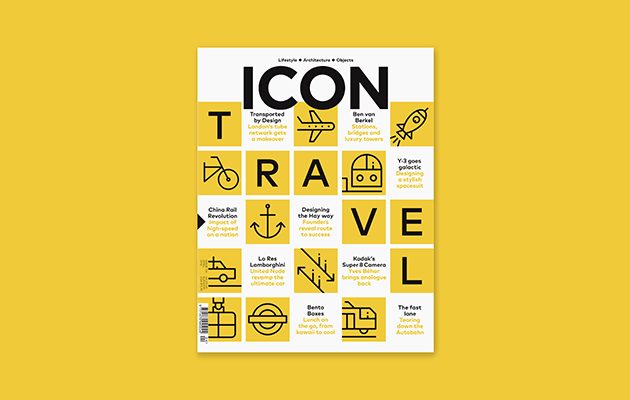|
|
||
|
At a dinner last month, luminaries from the worlds of design, engineering and architecture explored how design can best contribute to London’s transport environment. John Jervis reports Transport for London’s new design programme, Transported by Design, launched last month with a dinner hosted by Exterion Media and Patricia Brown, chair of the London Festival of Architecture. Leading players from the worlds of transport design, engineering and architecture sacrificed an evening to share insights and frustrations, joined by a smattering of major industry figures from infrastructural projects such as Crossrail and HS2. The programme will celebrate the design heritage encapsulated in TfL, but is also intended to explore how design can best contribute to London’s transport environment in both tangible and intangible ways. The ultimate ambition is to tap the expertise of diverse voices within the industry and integrate the findings into future practice for managing the delivery of infrastructure, from procurement to completion and beyond.
Sadie Morgan, co-founder of architecture practice dRMM and design chair for the High Speed 2 rail project Architect Sadie Morgan, currently design chair for HS2 and the sole design voice on the National Infrastructure Commission (a job she described as “teaching the government to be a good client”), kicked things off in a positive manner, saying: “I really think the government is listening on design – I think that those with the money, those with the power, are of a generation that understands the value of things that work well and in particular that design makes a difference, thanks in part to the success of the Olympics.” Similarly, Gensler’s Hiro Aso, who oversaw the redevelopment of King’s Cross Station, emphasised his encouraging experience on the HS2 design panel, describing it as a “fabulous and diverse group combining a lot of disciplines – and that is a first for me”. A procession of designers complained of being overlooked during the construction process of such projects as Crossrail – a topic investigated in greater detail in Icon’s current issue on Travel – but Giles Thomas, technical director of HS2, asked for an understanding of the sheer scale of such projects, of their nationwide impact, and of the huge number of stakeholders and participants. As an illustration, he highlighted the fact that he is still having to push the case in Europe for level access on platforms: “It is such a basic dimension, but in reality makes such an enormous difference to so many.”
Wayne Hemingway, the co-founder of Hemingway Design Conversation was wide-ranging, with Wayne Hemingway, the co-founder of Hemingway Design, proving to be a passionate advocate of walking, describing this as “low-hanging fruit” and insisting that there were alternative ways to solve problems: “It is behaviour we need to design, not necessarily infrastructure.” Vintage graphic designer Malcolm Garrett, of Duran Duran fame, brought various strands of conversation together when discussing the award-winning Legible London scheme for pedestrians (recalling this he mentioned his conclusion at the time that “Beck’s tube map is so well-designed it is actually bad for London”). He proposed that “perhaps we should replace ‘Transport for London’ with ‘Movement of Things for London’ … bigger things are happening: how will life be conducted in the future and how does TfL help with those changes in society?”
New tube train for London by PriestmanGoode A political edge intruded at times. Paul Priestman, director of leading travel design studio PriestmanGoode, who recently designed the New Tube for London with TfL, raised worries about HS2 rolling stock: “I have a real concern that we are going to end up with some cast-off European high-speed trains.”Roger Hawkins of Hawkins/Brown Architects, which has designed the new Crossrail station at Tottenham Court Road, complained that transport had fallen of the political agenda, citing the exploitative pricing of rail as an issue that deserved greater attention, at which point Sadie Morgan joined in, saying: “If you made the cost of getting to Birmingham a tenner, you’d solve the London housing crisis.” Oliver Goodhall of architecture studio We Made That, which has specialised in working for public bodies, struck a more polemical tone, saying that delivering equitable infrastructure should of necessity involve compromise: “It is not a dirty word – it is an important part of scrapping it out. And it’s important that this is lead by the people who it is going to effect.” Wrapping things up, Julie Dixon, head of marketing at TfL, expressed her hope that Transported by Design would “deliver a real passion and enthusiasm about how important design is at the start of all projects, so that good design gets built into them and people look back in 50 years and say that this was a great era in transport design.” Let’s hope she’s right. |
Words John Jervis
Above: New Tottenham Court Road station by Hawkins/Brown Architects
Event photography: Sophie Mutevelian |
|
|
||






















